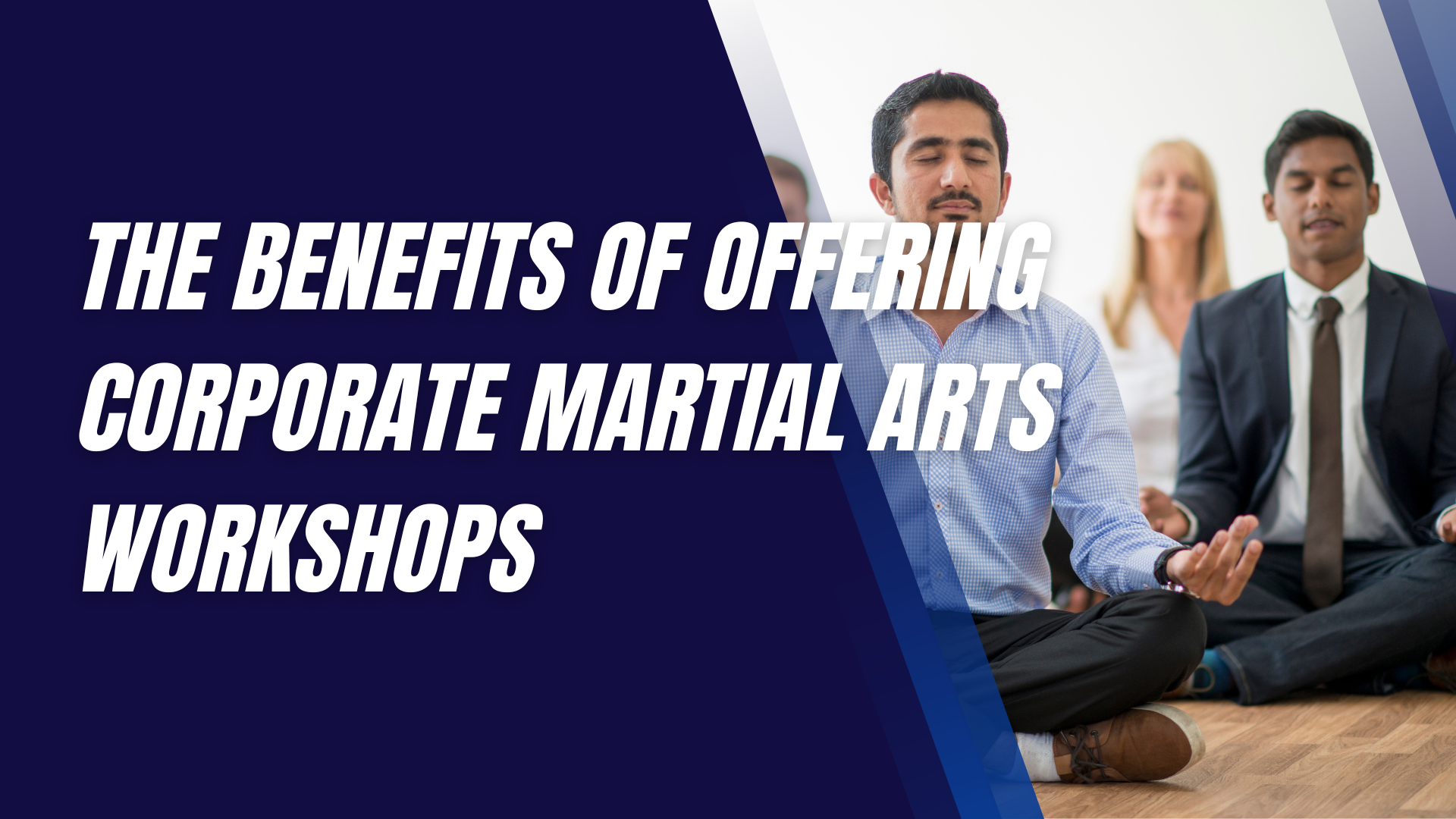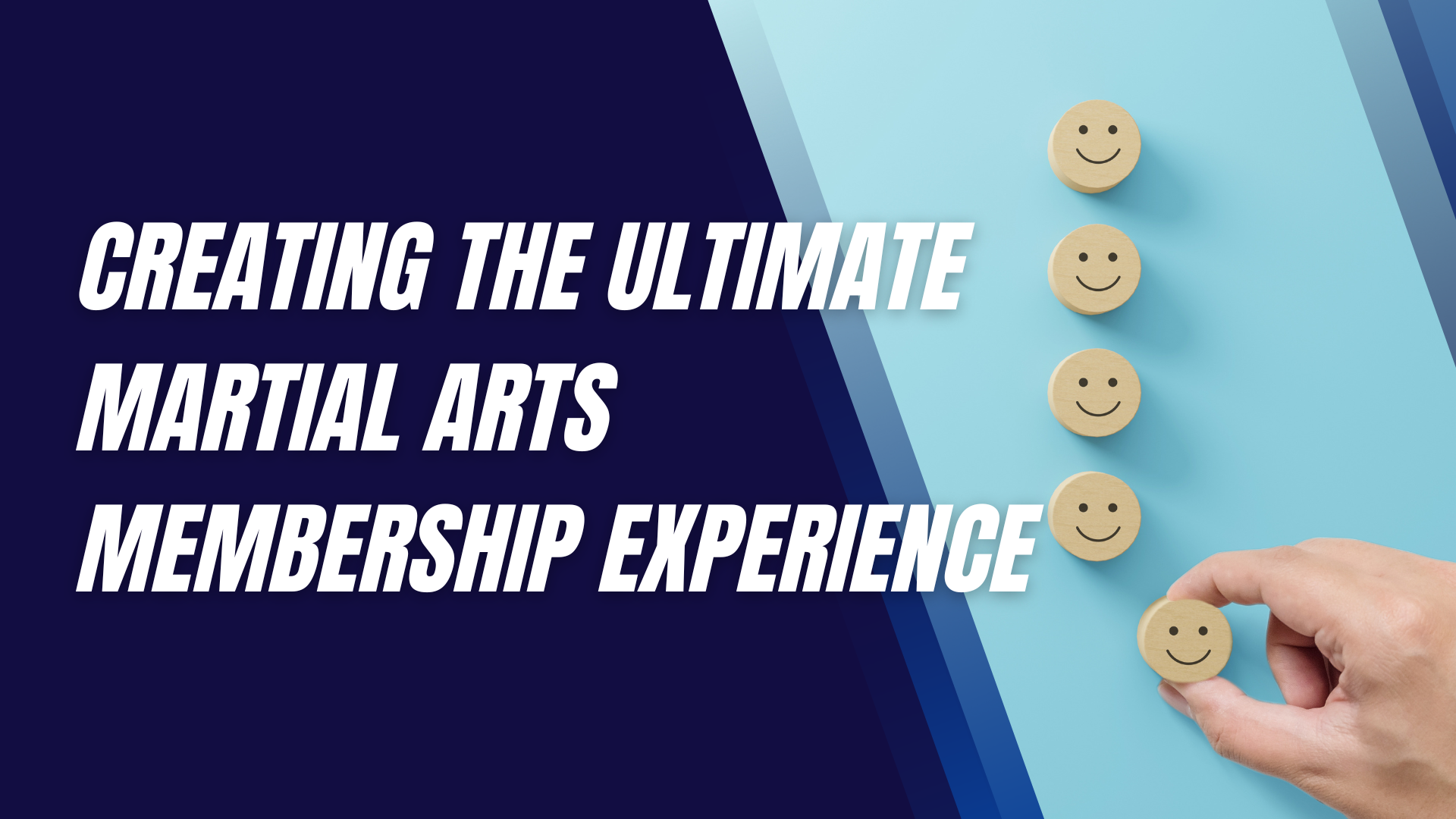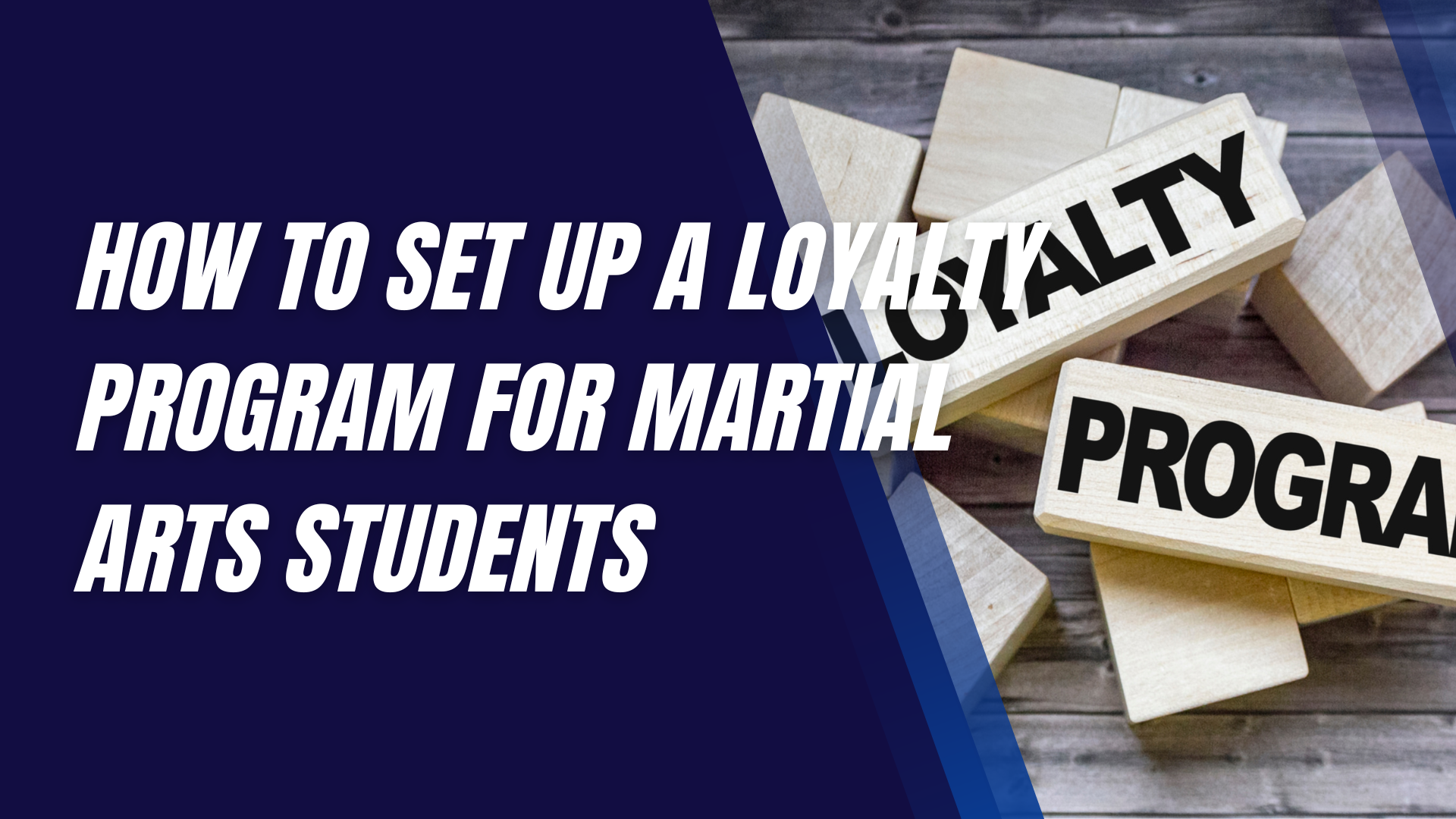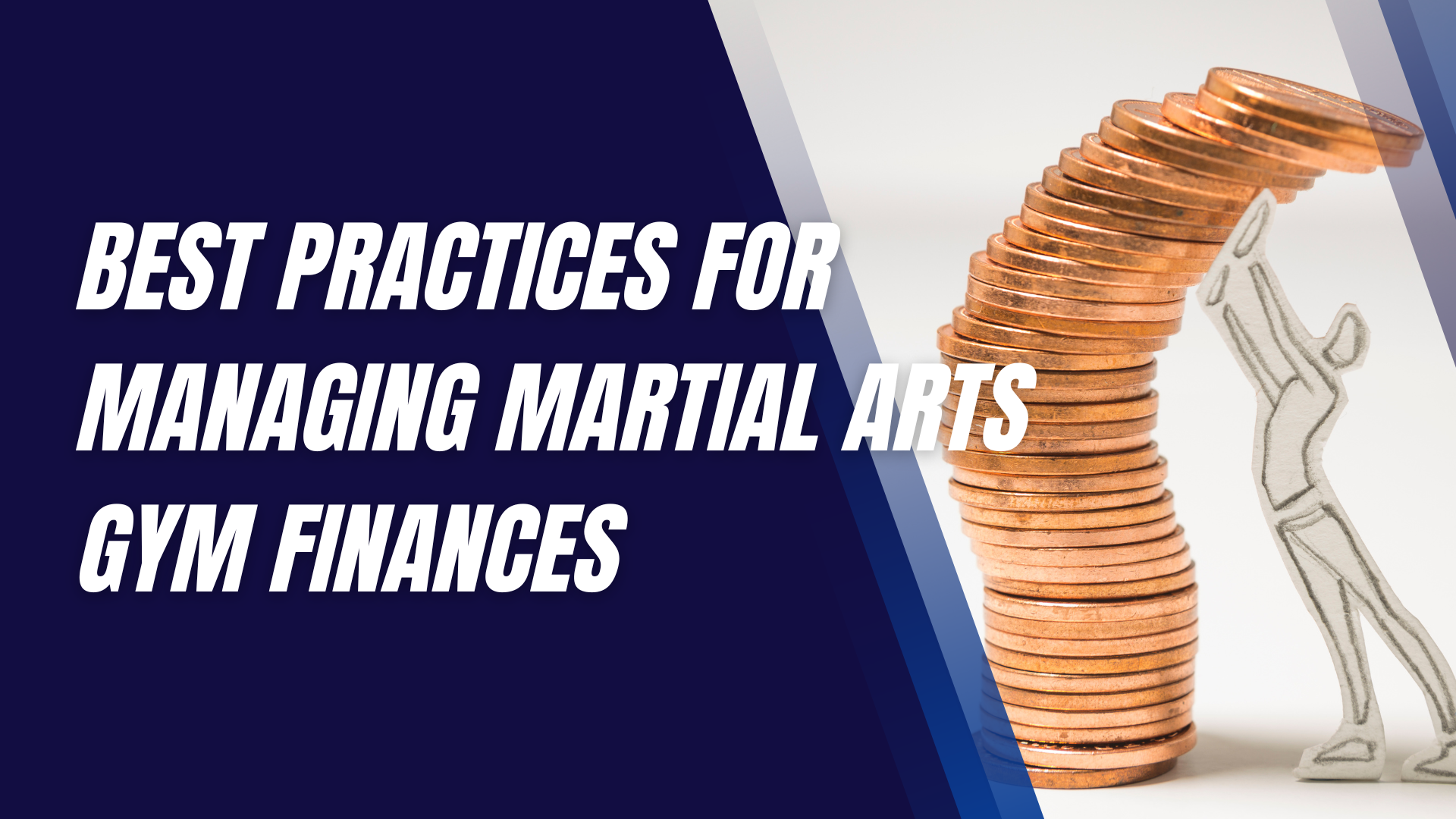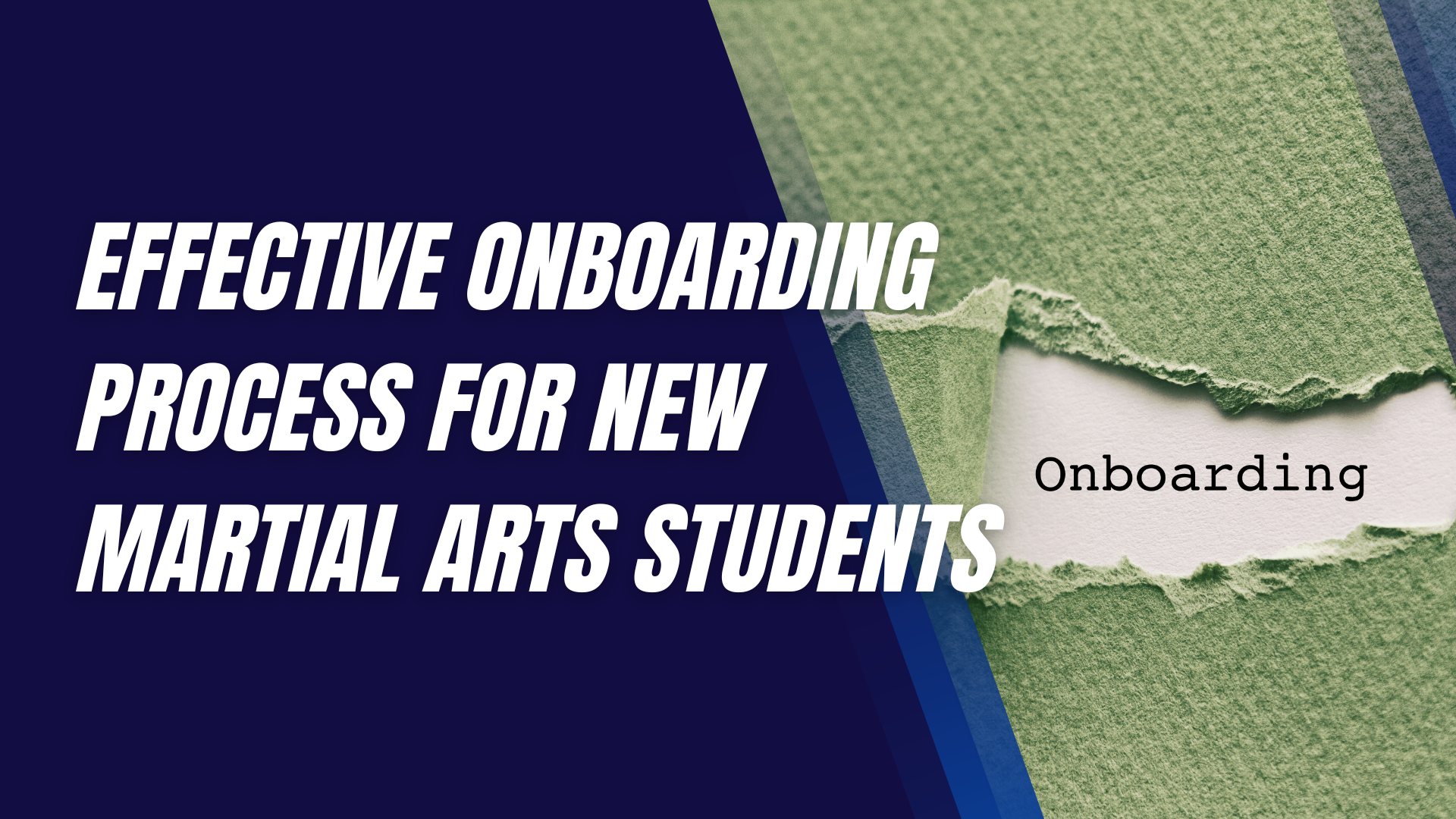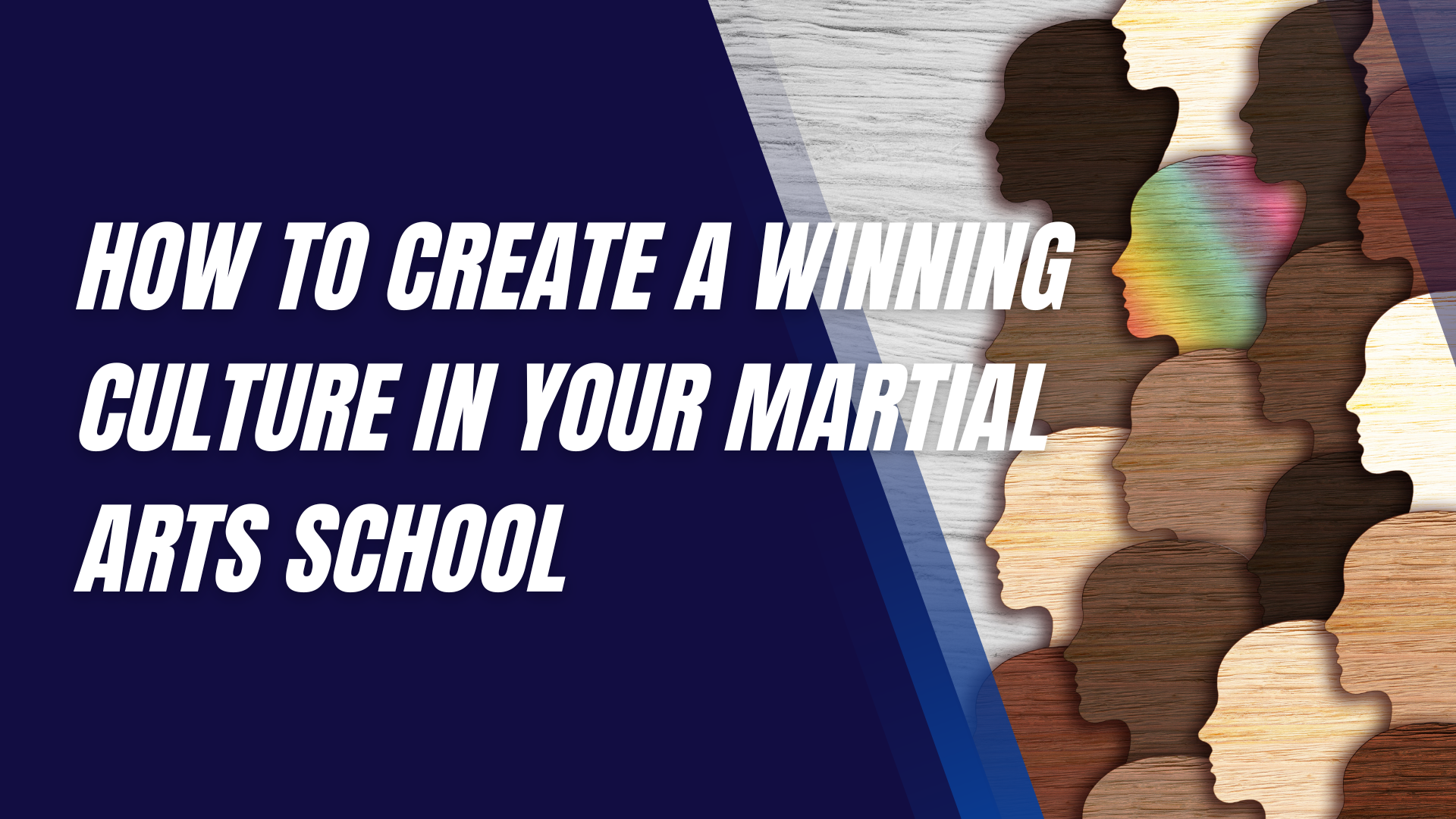How to Use Foam Rolling for Martial Arts Recovery
Martial arts are a physically demanding practice that pushes your body to its limits, requiring strength, flexibility, and endurance.
However, with great effort comes the inevitable strain on muscles and joints. This is where
recovery techniques like foam rolling come into play.
Foam rolling, a form of self-myofascial release (SMR), has gained popularity among athletes for its ability to alleviate soreness, improve flexibility, and prevent injuries. But how exactly does foam rolling fit into the world of martial arts, and why should you make it a part of your recovery routine?
The Science Behind Foam Rolling
Before diving into the practical applications, it's important to understand the science behind foam rolling. Myofascial release is a technique aimed at relaxing contracted muscles, improving blood and lymphatic circulation, and stimulating the stretch reflex in muscles. When you use a foam roller, you apply direct pressure to your muscles, breaking down knots and adhesions in the fascia—a layer of connective tissue that surrounds your muscles. This process can lead to increased blood flow and improved muscle recovery, essential for anyone practicing martial arts.
How does foam rolling work? From a physiological perspective, the pressure exerted by the foam roller stimulates the Golgi tendon organs (GTOs), which help to regulate muscle tension. When the GTOs sense the sustained pressure, they signal the muscles to relax, leading to a reduction in muscle tightness and pain. For martial artists, this means quicker recovery times and less risk of injury.
Essential Foam Rolling Equipment
To get the most out of your foam rolling sessions, it’s crucial to choose the right equipment. Not all foam rollers are created equal; they come in various densities, textures, and sizes, each serving a different purpose.
- Soft vs. Firm Foam Rollers: Soft rollers are ideal for beginners or those with sensitive muscles, offering a gentler experience. Firm rollers, on the other hand, provide deeper pressure, suitable for experienced users or those needing more intense muscle relief.
- Specialty Rollers: For martial artists, specialty rollers like grid rollers or rumble rollers (with ridges and knobs) can be particularly effective. These rollers target specific areas more intensely, mimicking the hands of a massage therapist.
While foam rollers are the star of the show, other tools like massage balls and foam rolling sticks can complement your routine, allowing you to target smaller areas or apply different pressure levels.
Preparing for a Foam Rolling Session
Foam rolling is effective both before and after training, but your approach should differ depending on the timing. Pre-training foam rolling helps to warm up the muscles, increase blood flow, and prepare your body for the demands of martial arts. Post-training foam rolling, on the other hand, focuses on reducing muscle soreness and enhancing recovery.
Warming up before foam rolling is crucial, especially if you’re rolling before a workout. Light cardio or dynamic stretching can help to get your blood flowing, making the foam rolling process more effective. Also, create a comfortable environment—choose a space where you can stretch out fully and focus on your breathing to enhance the relaxation benefits.
Foam Rolling Techniques for Martial Artists
A proper foam rolling routine should cover all the major muscle groups involved in martial arts, from your legs to your upper body and core.
Lower Body:
- Calves: Start by sitting on the floor with your legs extended. Place the foam roller under your calves and roll from the base of your ankles to just below your knees. Apply more pressure by crossing one leg over the other.
- Hamstrings: Position the roller under your thighs, rolling from the glutes to just above the knees. Focus on any tight spots by pausing and holding pressure for a few seconds.
- Quadriceps: Lie face down with the roller under your thighs. Roll from your hips to just above your knees, using your arms to control the movement.
- IT Band: Lie on your side with the roller under your outer thigh. Roll from your hip to just above your knee, making sure to cover the entire length of the IT band.
Upper Body:
- Back (Upper, Middle, Lower): Position the roller horizontally under your back. Roll from the base of your neck down to your lower back, avoiding the spine. For the upper back, place your arms across your chest to expose the muscles.
- Shoulders: Lay on your side with the roller under your shoulder blade. Roll back and forth to target the muscles around the shoulder joint.
- Triceps and Biceps: Place the roller under your arm and roll from the elbow to the shoulder, focusing on any areas of tension.
Core:
- Abdominals: Lie face down with the roller under your abdomen. Gently roll up and down to target the front of your core.
- Hip Flexors: Roll from just below the hip bone to the top of the thigh to release tension in the hip flexors.
Step-by-Step Guide to Foam Rolling
When foam rolling, proper posture and form are key to maximizing the benefits and avoiding injury. Start by positioning your body so that the targeted muscle group is in direct contact with the roller. Slowly roll over the muscle, pausing on any tender spots for 20-30 seconds to allow the muscle to release.
Common mistakes to avoid include rolling too quickly, applying too much pressure, and rolling directly over bones or joints. Instead, maintain a slow and controlled pace, gradually increasing pressure as needed. Sessions should last about 5-10 minutes per muscle group, depending on your needs.
Foam Rolling for Injury Prevention
In martial arts, injuries like strains, sprains, and muscle tears are common. Foam rolling can be an effective way to reduce the risk of these injuries by keeping muscles flexible and well-maintained. By regularly using foam rolling to alleviate soreness and stiffness, you can enhance your overall flexibility and mobility, making you less prone to injury.
Advanced Foam Rolling Techniques
For those looking to take their foam rolling routine to the next level, consider combining foam rolling with stretching. After rolling out a muscle group, follow up with a stretch to further elongate the muscles and increase flexibility.
Incorporating foam rolling into a strength training routine can also be beneficial. Use foam rolling as part of your warm-up to prepare the muscles for lifting or as part of your cool-down to aid in recovery.
Additionally, foam rolling can be used for mental relaxation. Focused breathing while rolling can help reduce stress and tension, adding a mental recovery component to your physical routine.
Foam Rolling Frequency and Recovery Plans
How often should you foam roll? Daily foam rolling can be beneficial, especially if you're training intensely. However, it’s important to listen to your body. If a particular area feels too tender, give it a day of rest before rolling again.
Creating a balanced recovery routine is crucial. Foam rolling should be one component of a comprehensive recovery plan that includes proper hydration, nutrition, rest, and other recovery techniques like stretching and massage.
Case Studies and Success Stories
To see foam rolling’s benefits in action, look no further than real-life examples. Many martial artists have successfully integrated foam rolling into their routines, experiencing faster recovery times and fewer injuries. Testimonials from athletes often highlight how foam rolling has improved their performance by keeping their muscles supple and ready for action.
Common Challenges and How to Overcome Them
Foam rolling can be challenging, especially if you're new to it. Pain during foam rolling is common, but it’s important to distinguish between discomfort from releasing tension and actual pain from overdoing it. Start with a softer roller if needed and gradually increase the intensity as your muscles adapt.
Consistency is key in foam rolling. Make it a regular part of your routine by scheduling specific times for foam rolling sessions, just as you would for your martial arts training.
If you're adapting foam rolling to different martial arts styles, consider the specific demands of your practice. For instance, a grappler might focus more on rolling out the back and shoulders, while a striker might prioritize the legs and hips.
Alternatives and Complements to Foam Rolling
While foam rolling is highly effective, it’s not the only recovery method available. Massage therapy offers similar benefits, providing deeper muscle relief through manual manipulation. Active recovery techniques, like light cardio or yoga, can also complement foam rolling by keeping your muscles moving without putting them under additional stress.
Comparing foam rolling to other recovery methods, it’s clear that while each has its strengths, foam rolling offers a unique combination of convenience, effectiveness, and cost-efficiency.
Myths and Misconceptions About Foam Rolling
Despite its popularity, there are several myths and misconceptions about foam rolling. One common myth is that foam rolling can "break up" scar tissue—while it helps release muscle tightness, it doesn't literally break down tissue. Another misconception is that foam rolling can replace stretching—while it complements stretching, it shouldn’t replace it entirely.
Understanding what foam rolling can and can’t do will help you use it more effectively as part of your recovery routine.
Final Thoughts
Foam rolling is a powerful tool for martial artists looking to enhance their recovery, prevent injuries, and improve overall performance. By incorporating foam rolling into your routine, you can keep your muscles flexible, reduce soreness, and prepare your body for the physical demands of martial arts. Whether you're a seasoned martial artist or just starting out, foam rolling can be a game-changer in your recovery arsenal.
Interested in trying a martial arts class? Find an affiliated academy anywhere in the country by clicking here.
Have your own martial arts program? Get to know more about what we have to offer at Ground Standard Agency for helping martial arts businesses grow.
Email us at info@groundstandard.com, or call and text us at (732) 907-8920 today to learn how to start growing your own academy, school, dojo, or gym with us as well.
Share this article

